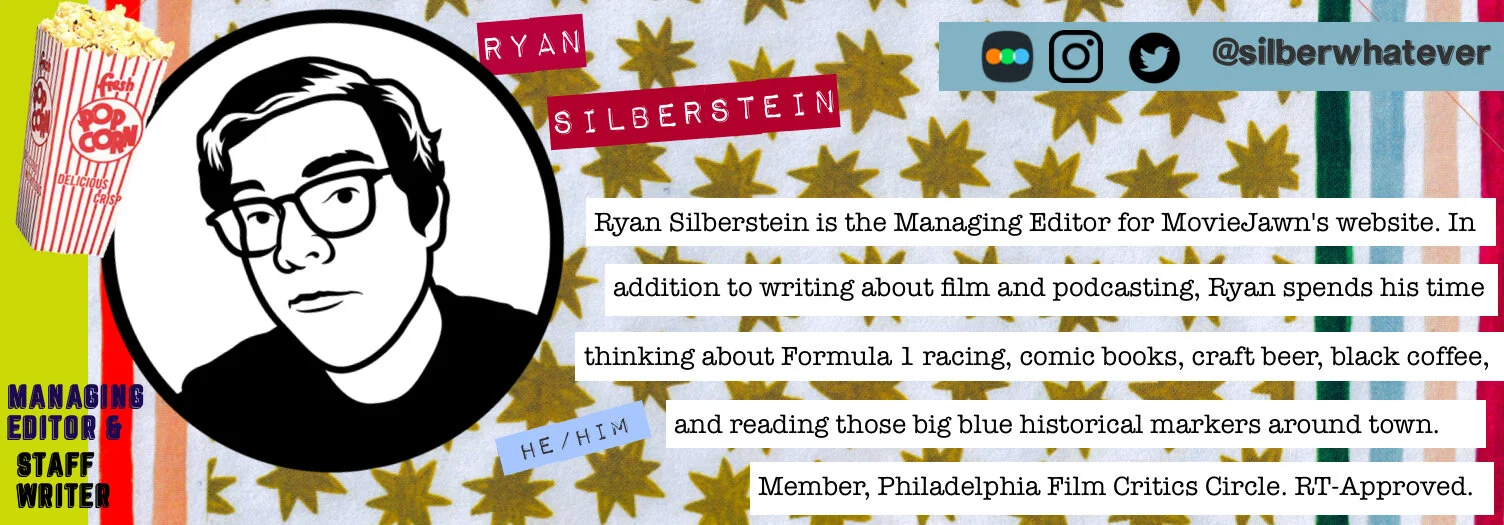Orson Welles and Marion Davies offer looks into art from–and about–the past
The New Deal for Artists (1979)
Written and Directed by Wieland Schulz-Keil
Narrated by Orson Welles
Runtime: 1 hour 30 minutes
Available in The Lightbox Film Center’s Virtual Cinema through May 30
Lights of Old Broadway (1925)
Directed by Monta Bell
Written by Carey Wilson and Joseph Farnham
Starring Marion Davies, Conrad Nagel
Runtime: 1 hour, 10 minutes
Newly available on Kino Lorbder Blu-Ray May 25
by Ryan Silberstein, Managing Editor, The Red Herring
It’s neither original nor insightful to point out that history has the word “story” built into it. Yet that is not how the subject is taught. We tend to think of history as a retelling of facts, but it is really stories told to us about our past, and just as susceptible to perspective, spin, and reevaluation as the present. History evolves as an act of the living, but is also preserved by those who have come before. Both The New Deal for Artists and Lights of Old Broadway offer a peek into how the past was viewed by a subsequent generation.
The New Deal for Artists is a documentary, made for German television, focused on America’s Federal Project Number One–part of the Works Progress Administration’s (WPA) programs towards infrastructure, parks, and other public improvements. Federal One was allocated $27 million of the WPA’s overall $5 billion budget to employ writers, artists, actors, and musicians to create works and be paid for it. This program aimed at relief from the Great Depression posited two important assumptions: 1. Artists need to eat and 2. The creation of works of art for the public was a common good.
Looking back on this 1979 documentary about a 1930s relief program shows how the more things change the more they stay the same. Federal One remains a landmark because the money went to the creators, not corporate interests. The debate around whether or not to bail out Broadway last year–frequented by a small subset of relatively wealthy patrons–echoed in my mind. There are so many more benefits to the country by having theatrical institutions (Broadway, like any institution, is flawed, but we’re all human) than simply allowing stage acting to exist as a career option. Federal One (and the Federal Writers Project) recognized this, and gave us some of the most vital and important voices of 20th century America.
Zora Neale Hurston, John Cheever, Ralph Ellison, John Steinbeck, Elia Kazan, and even Orson Welles himself are some of the more esteemed alumni of the program. While some worried that the government funding would result in censorship, the opposite happened. Not only did the Project support these artists, but it gave room for minorities and women to support themselves on their work, a rarity in the world of white male dominated movie studios, publishing houses, and art galleries. Sadly the tide shifted, and many of these voices were then investigated by the House Un-American Activities Committee as a result of their work advocating for labor rights as well as social equality.
Still, this documentary provides an insightful summary of the Project, and as narrated by Welles in his signature velvet voice, is an engaging watch even when the details are a bit dry. The film being from a West German perspective makes it feel more even handed than it might be otherwise, but having all of the interviews within captured before some of the key players passed away made it a vital resource that needed to be restored and preserved.
If it wasn’t for Amanda Seyfried’s portrayal of Marion Davies in Mank, I might not have watched Lights of Old Broadway. History has often been unkind to Davies, and her reputation was unfairly shaped by Citizen Kane. At the time of this film’s release, Davies had been starring in movies for almost a decade–she was dubbed “Queen of the Screen.” Whether or not her rise to prominence is due to her long term relationship with William Randolph Hearst is hardly relevant to the actual enjoyment of Lights of Old Broadway.
This film also serves to demonstrate that nostalgia has long been a part of popular cinema. Based on a play called Merry Wives of Gotham, it is primarily set in 1880, making it analogous to movies made in recent years set in the 1980s. One of the film’s subplots is about the arrival of electricity to New York, and the intertitles often reference Teddy Roosevelt or other real world figures to consistently remind the audience of the 1880 setting. The main story follows “The Prince and the Pauper” kind of setup, with Davis in a dual role of twins who are each adopted by a family–one is well-to-do, and one is Irish and poor. While the setup is banal, the scope is not. In addition to dramatic twists like reversal-of-fortunes, the film manages to pack in a look at ethnic conflict, vaudeville, and a shockingly violent street riot. The setting is less and less romanticized as the film goes along, and it is easy to get swept up in the drama of it all, especially with Davies at the center, who is always captivating.
The filmmaking on display is nothing short of fascinating as well. Everything on screen has a downright lavish feel, thanks to the three separate color techniques (tinting, Handschiegl, and Technicolor) that were used for various sequences. With this 2K master from Kino Lorber (scanned from a 2018 Library of Congress restoration of a 35mm print), there are times it is easy to forget that Lights of Old Broadway is nearly a century old.
Like history, film is a living medium. These two projects from the past, with their lenses set even further back in time, are worth exploring to witness how they saw the past and how they influence and can shape our perspective on the present.




